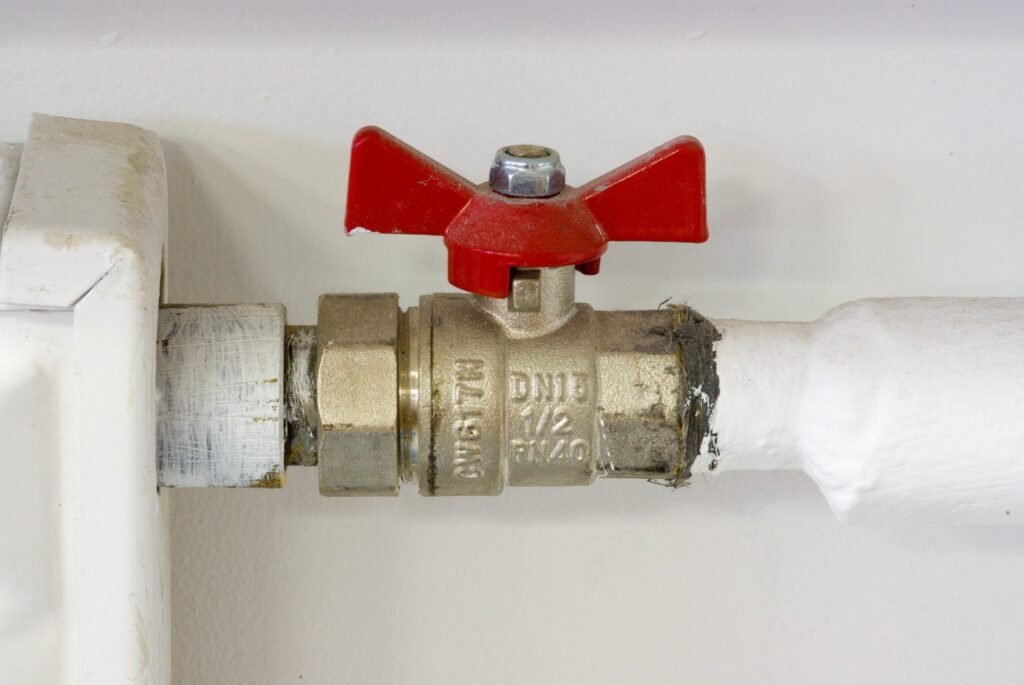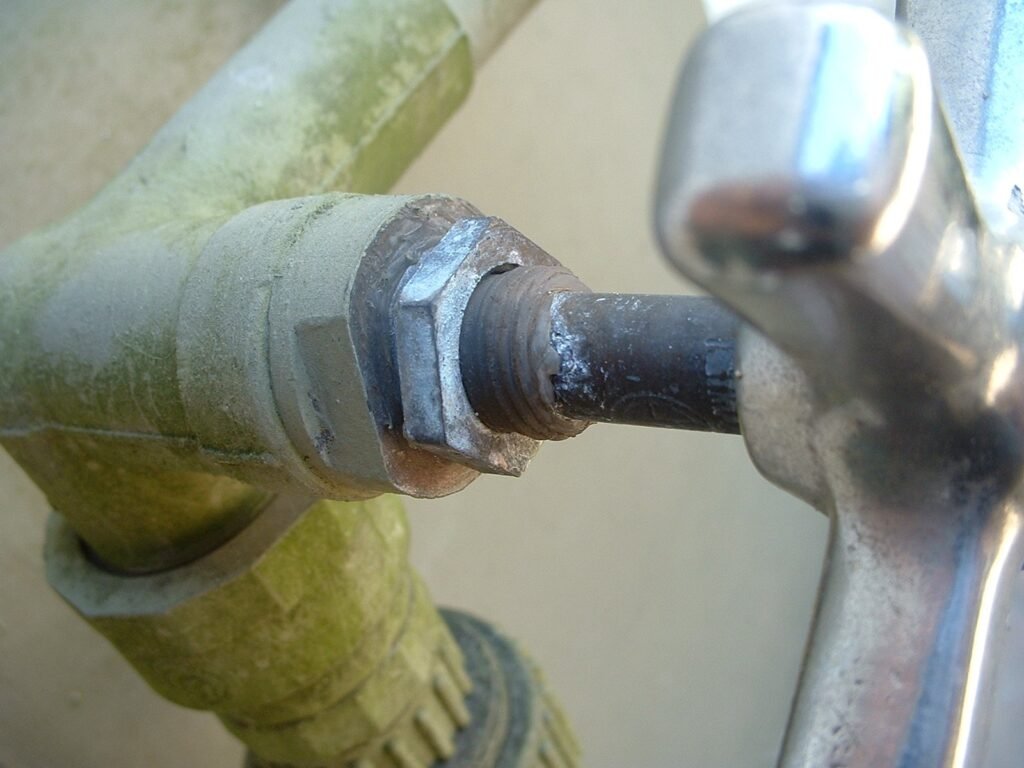Introduction: The Value of Prompt Water Leak Insurance Claim
Understanding the Impact of Water Damage:
Imagine waking up to the sound of dripping water only to discover a hidden leak wreaking havoc on your home. Suddenly, your cozy haven transforms into a damp nightmare, with the clock ticking on potential disaster.
Water damage isn’t just an inconvenience; it’s a silent saboteur that can inflict extensive harm if left unchecked. Here’s how:
Structural Compromises: Water weakens walls, floors, and foundations, compromising the very bones of your home. Over time, leaks can lead to cracks, bowing, and even structural collapse.
Mold and Mildew Mayhem: Damp environments are breeding grounds for mold and mildew, notorious for triggering allergies, respiratory problems, and long-term health issues.
Property Depreciation: Visible water damage is a major turn-off for potential buyers, significantly reducing your home’s resale value.
Financial Drain: Repairing water damage can be costly, involving fixing the leak, restoring affected areas, and replacing damaged belongings.
The Role of Insurance in Mitigating Losses: Water Leak Insurance Claim
Fortunately, you’re not alone in this battle against water. Homeowner’s insurance acts as your knight in shining armor, offering financial protection against unforeseen water-related perils. By promptly filing a water leak claim, you tap into this valuable resource and gain access to:
Financial Support: Insurance companies typically cover the cost of repairs, restorations, and replacements associated with water damage, alleviating the financial burden on you.
Expert Guidance: Navigating the complexities of water damage repairs can be overwhelming. Insurance companies provide guidance and connect you with qualified professionals to handle the restoration process seamlessly.
Peace of Mind: Knowing your home is insured against water damage offers invaluable peace of mind, allowing you to focus on recovering from the ordeal without financial anxieties.
In essence, timely water leak claims are not just about recouping costs but about safeguarding your home, health, and financial well-being. By acting swiftly, you turn a potentially devastating situation into a manageable one, ensuring your home remains a haven of comfort and security.

Identifying the Source of the Water Leak Insurance Claim
You must identify the enemy’s whereabouts before claiming victory over the water leak! This section equips you with the detective skills to track down the source of the leak and document the damage it’s inflicted.
Thorough Inspection and Documentation:
Imagine yourself as a water leak detective, meticulously examining your home for clues. Here’s how to conduct a thorough inspection:
Visual Reconnaissance: Start with a comprehensive visual sweep of your property, inside and out. Look for telltale signs like:
Damp spots or discoloration on walls, ceilings, and floors.
Blistering or peeling paint and wallpaper.
Cracks in foundations, walls, or flooring.
Warped or buckling wood.
Musty odors are indicative of mold or mildew.
Listen for the Dripping Drip: Sometimes, the culprit reveals itself through sound. Follow the faint dripping or trickling noises to narrow the leak’s location.
Check the Usual Suspects: Don’t neglect the common areas prone to leaks:
Plumbing fixtures: Faucets, showerheads, toilets, and washing machine connections are frequent leak suspects.
Appliances: Dishwashers, water heaters, and ice makers can also spring leaks internally.
Roof and gutters: Clogged or damaged roofing can lead to leaks seeping into your home.
Utilize Leak Detection Tools: If the leak remains elusive, consider enlisting the help of technology. Electronic leak detectors can pinpoint hidden leaks within walls and floors.

Documenting the Initial Signs of Water Damage:
Once you’ve identified the area of the leak, it’s crucial to document the initial signs of the Water Leak Insurance Claim. This becomes vital evidence for your insurance claim:
Take Detailed Photographs: Capture close-up and wide-angle pictures of the affected areas, highlighting the extent of the damage. Don’t forget to include surrounding areas for context.
Note the Date and Time: Documenting the date and time you discovered the leak strengthens your claim and helps establish a timeline.
Sketch a Rough Diagram: A simple sketch outlining the location of the leak, affected areas, and any relevant landmarks can be helpful for reference later.
Emergency Measures to Mitigate Damage:
While identifying the leak is crucial, the clock is ticking! It’s time to put on your firefighter hat and take immediate action to contain the damage and prevent further water woes.
Taking Swift Action to Prevent Further Loss:
Remember, every minute counts in a battle against water damage. Here are two critical steps to take without delay:
Shutting Off the Water Supply: This is your number one priority! Locate the main water shut-off valve near your home’s foundation or meter. Please turn it off firmly to immediately halt the water flow and minimize further damage.
Implementing Temporary Fixes: While waiting for professional repairs, you can implement temporary measures to mitigate the damage:
Place buckets or trays under leaks to collect dripping water.
Open doors and windows to promote air circulation and prevent mold growth.
Cover affected furniture and belongings with plastic tarps to shield them from further water exposure.
Move rugs and carpets away from wet areas to prevent soaking and potential staining.
By acting quickly and decisively, you can significantly minimize the extent of the water damage and pave the way for a smoother restoration process.
Beyond Quick Fixes: When to Call a Professional
While DIY measures are helpful in the initial stages, some situations necessitate professional intervention:
Extensive or hidden leaks: If the leak is widespread or hidden within walls or under floors, attempting DIY repairs can worsen the situation. Call a qualified plumber immediately.
Electrical hazards: Water and electricity are a dangerous combination. If the leak affects electrical wiring or appliances, shut off the power and call a licensed electrician.
Mold or mildew concerns: Visible mold or mildew growth requires immediate professional remediation to prevent health risks.
Filing a Detailed Water Leak Claim:
Now that you’ve tackled the immediate crisis and gathered your detective work, it’s time to formally inform your insurance company about the water leak and seek rightful compensation. This section equips you with the know-how to file a comprehensive and persuasive claim.
Crafting a Comprehensive Claim Document:
Think of your claim document as a compelling tale outlining your water leak woes. Here’s what to include:
Contact Information: Start with your name, address, policy number, and contact details.
Date of Occurrence: Clearly state when you discovered the leak.
Description of the Leak: Explain where the leak was found, any suspected cause, and the extent of the damage. Use clear and concise language, avoiding technical jargon.
Outlining Damages and Losses: List all the affected areas, damaged items, and estimated repair costs. Be specific and include photographs for visual evidence.
Documentation: Attach copies of relevant documents like your insurance policy, inspection reports, repair estimates, and photos of the damage.
Providing Evidence to Support the Claim:
The more evidence you provide, the stronger your claim becomes. Here’s what bolsters your case:
Photographic Evidence: Pictures are worth a thousand words! Capture detailed photos of the leak, surrounding areas, and damaged items. Take close-ups and wide-angle shots for context.
Documentation of Initial Signs: Include photos or notes documenting the initial signs of water damage, such as discoloration, cracks, or musty odors.
Repair Estimates: Obtain estimates from qualified professionals for repair or restoration costs. This helps validate your claim and streamlines the reimbursement process.
Witness Statements: If anyone else witnessed the leak or its initial signs, their statements can add weight to your claim.
Frequently Asked Questions: Demystifying the Water Leak Insurance Claims Process
Filing a water leak insurance claim can be daunting, but understanding the process and addressing common concerns can ease the journey. Here are some frequently asked questions:
What’s the first thing I should do after discovering a water leak?
Safety first! Shut off the water supply immediately and ensure electrical safety. Then, take steps to mitigate further damage (e.g., placing buckets under leaks or opening windows). Contact your insurance company as soon as possible.
What information do I need to report the claim?
Be prepared to provide your contact information, policy number, date of the leak, location, description of the leak, and details of the damage.
Do I need to get repairs done before filing the claim?
Obtaining estimates from qualified professionals for repair costs is recommended, but it’s optional to complete repairs before filing the claim.
How long does the claims process usually take?
The timeframe can vary depending on the extent of the damage and complexity of the repairs. It’s essential to be patient and communicate effectively with your insurance company.
What happens if my claim is denied?
If your claim is denied, you can appeal the decision. Review the denial letter and gather any additional evidence to support your case. You can also seek legal advice if necessary.
Conclusion: Sealing the Deal on Water Leak Insurance Claim
Water Leak Insurance Claims may strike fear into our hearts, but with the proper knowledge and action, they don’t have to become overwhelming nightmares. You can transform this potential disaster into a manageable event by promptly identifying the culprit, taking swift action to minimize damage, and filing a detailed insurance claim.
Remember, your proactive approach is critical. By following the steps outlined in this guide, you equip yourself with the tools for Water Leak Insurance Claim
Become a leak detective: Hone your skills in identifying the source of the leak and documenting the initial signs of damage.
Turn into a damage control specialist: Implement temporary measures to prevent further harm and ensure the safety of your home.
Transform into a claims ninja: Craft a comprehensive and persuasive claim document, providing ample evidence to support your case.
Armed with this knowledge, you can face any water leak with confidence, knowing you have the power to mitigate the damage and secure the rightful support from your insurance company. So, the next time a drip becomes a deluge, remember the wisdom within these pages and watch your worries evaporate!
